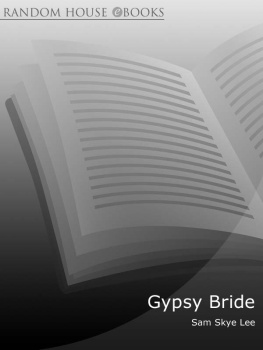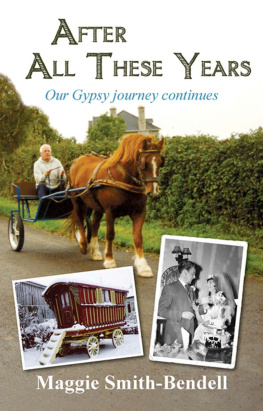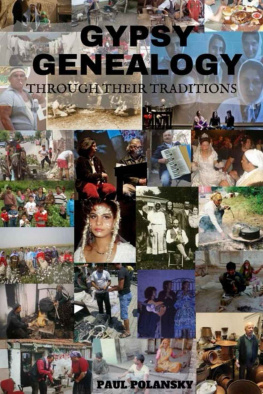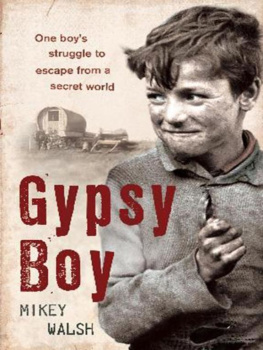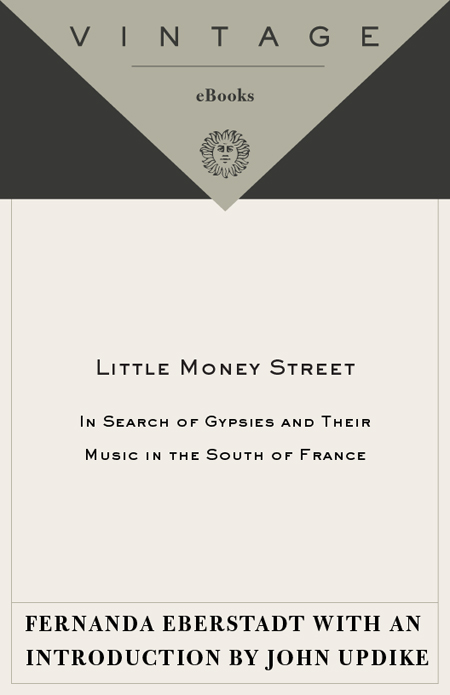Acknowledgments
Many people taught me about Roussillon and Catalans, about Gypsies and Gypsy music, about what it means to be an outsider in the developed world; others helped refine the ideas that are in this book; others made the writing of it much more pleasant.
First thanks to my friends in Roussillon: to Georges de Massia, who with impetuous generosity, daring, and insight has created at Mas de Lacroix not just delicious wines, but a stronghold of solidarity and good fellowship. To our neighbors and dear friends, Sylvie Laporte and Olivier Gross, for many days and nights of talk. To Monique Souberan de Saint-Prix, inspiring soul mate, attentive reader. To Dr. Andre Morcrette, a doctor and fellow mother healing Gypsy mothers and their children, for her kind and forthright discussions of how it feels to be a Catalan in French Catalonia. To Hajiba Mohib for hot meals, warm friendship, spicy conversation, and invaluable insights, and to her partner Frederic Guillem for leading me to Mose and Diane. To Garth Beattie, for his open door and fearsome tales, who introduced me to Gypsy music and its makers.
Above all, this book belongs to Diane Meziani, Mose Espinas, and their children Kevin and Marlon; to Diane's sister and her children and to their extended family, who have sheltered and welcomed me, and awakened me to worlds beyond my imaginingthank you, beloved friends, with all my heart.
Little Money Street is dedicated to Maud and Theo, who lived it, but its secret hero is Alastair Bruton, who had the strange idea that marriage could be more fun than a bank heist, and who inspired and shared these adventures.
In New York, all thanks to my agent Lynn Nesbit, for her wisdom, faith, and indomitable good cheer. And to the best of editors, Bob Gottlieb and Shelley Wanger.
Thanks to Pierre Hodgson, as always.
Several people's names have been changed, at their request, but otherwise, the stories are as I heard them.
Introduction
DRAWN TO GYPSIES
Fernanda Eberstadt, an ambitious, resourceful novelist with a lush style and a Manhattan background, has written, in Little Money Street: In Search of Gypsies and Their Music in the South of France, a piquant nonfictional account of her successful attempt to penetrate the Gypsy enclave of Perpignan. This city, at the eastern end of the Pyrenees, holds five thousand Gypsies in an urban center of around a hundred thousand. Eberstadt and her husband, Alastair Bruton, and their two small children found themselves living in a rented house outside Perpignan because Bruton, we are told a bit abruptly, was writing a book about the decline of religion in modern Europe, and was looking for somewhere half to hole up in, half to base it upon. Why this obscure, unprosperous, and atypical region of Francethe province of Roussillon, ceded by Spain as late as 1659 and still regarded by many of its natives as northern Cataloniashould serve his investigative purpose is left mysterious, but its usefulness to his wife is made clear. In the course of a cosmopolitan life, she has always, she tell us, been drawn to Gypsies: after a childhood glimpse of a trio begging at an outdoor caf in Paris, she has sought out GypsiesGypsies who run traveling circuses in Ireland, or sleep in the ruined Byzantine city walls in Istanbul, or camp on the beach in Palermo, or even live in a brownstone basement on the Upper West Side of Manhattan. Though her six years of living in Roussillon may have left her with the same attraction to their intractable difference, readers of her account, if this reviewer is an example, will be cured of any faint desire they many ever have entertained to live like a Gypsy.
Evidently it's a miserable life, for the shiftless, jobless, largely illiterate men, and twice as bad for the homebound women, generally married in their teens to other teens, who will bully, betray, tyrannize, and most likely beat them. As for their children, they stay up so late watching television and hanging out on the street that they are usually too sleepy to go to school; Gypsies must be the only significant ethnic group in France that actively discourages literacy and encourages truancy. Compared with them, the embattled immigrants from the Muslim world are models of aspiration to bourgeois order and enlightenment. One of Eberstadt's more hallucinante chapters describes a conference on education held at Collge Jean Moulin, a junior high school for preponderantly Gypsy students. The occasion is pretty merry, she writes. People who work with Gypsies tend to laugh a lot. It's a laughter of hysterical exasperation, because if you didn't laugh, you'd hang yourself or quit. The school's principal, a barrel-chested, crew-cutted Catalan named Paul Landric, is quoted:
If an Arab kid cuts school, he stays in the street so his parents don't find out. If a Gypsy plays hookey, it's in order to stay home. Here, it's the parents who are the disruptive influence, mothers who want to cod- dle their sons, fathers who don't want their daughters to be seen hanging with boys at school. The girl is a commodity, and they don't want her to lose her market value.
Her value, as a virgin, is ascertained not by the young groom on the wedding night but, according to archaic folk custom, by the probing finger of a tribal crone: Eberstadt's partially renegade Gypsy friend Linda explains, For Gypsies, it's a nasty old woman who is paid to penetrate the girl, like a gynecologist but with dirty hands, in front of all the husband's family. It's terrifying, it's inhuman. Landric sums up: People talk about preserving Gypsy culture. But what am I as an educator supposed to do when the comportment of my students is frankly pathological? Eberstadt, liberal enough to doubt liberal pieties, complains that if these pedagogues were nineteenth-century missionaries to a cannibal island, they could not be more convinced that the belief system they wished to impose upon the Gypsy savagesin this case, egalitarian secularismwas as unequivocal a good as clean water. Yet she comes down, finally, on the side of clean water, asserting that the French authorities are using their utmost powers of imagination and sympathy to devise ways of freeing a community that was clearly stuck and unhappy.
Gypsies were not always so stuck; their nomadism, now legally discouraged by most European governments, excused their educational recalcitrance, and they maintained a seventeenth-century agrarian culture designed for seasonal pickers, small artisans, blacksmiths, market sellers. They used to be horse-breeders, blacksmiths, basket-weavers, trades that became obsolete in the '60s. The author, however, is not offering to solve Gypsy problems, or to give a history of this curious people, which, linguistic evidence indicates, originated in India and has endured centuries of disapproval and persecution throughout Europe, including decimation in the Holocaust.



